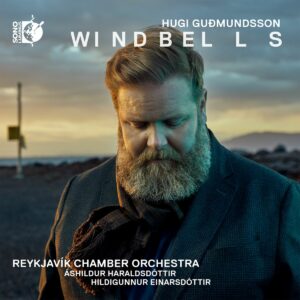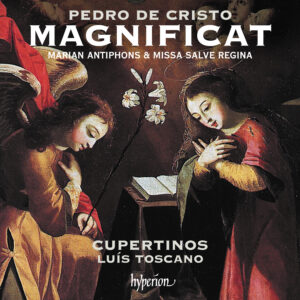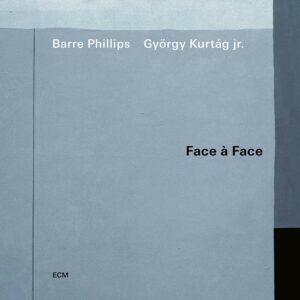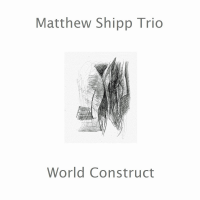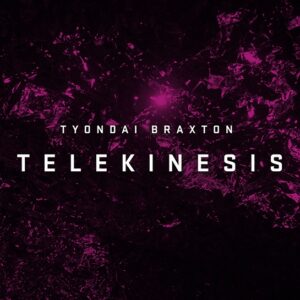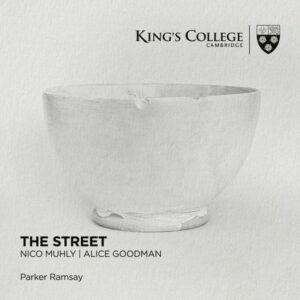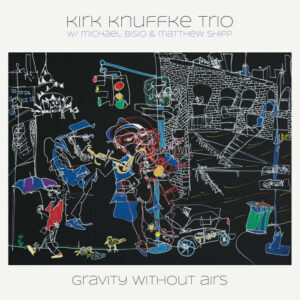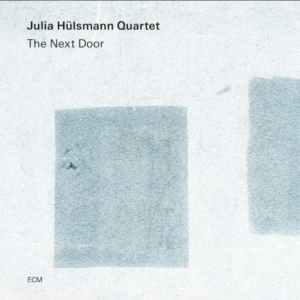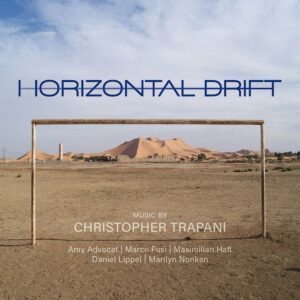Hugi Guðmundsson
Windbells
Reykjavik Chamber Orchestra
Asbørn Ibsen Bruun, conductor
Ashildur Haraldsdóttir, flute; Hildigunnur Einarsdóttir, mezzo-soprano
Sono Luminus CD
Icelandic composer Hugi Guðmundsson has crafted an idiom combining neo-tonality and modernist inflections, with deliberate rhythms often based on slowly evolving ostinatos. Aspects of rhythmic construction loom large on Windbells, a portrait CD for Sono Luminus, as well as Guðmundsson’s incorporation of electronics into chamber works.
Entropy (2019) for flute, clarinet, cello, and piano is cast in two movements. The first, “Arrow of Time,” moves at a steady clip, its moto perpetuo adorned by various members of the ensemble darting in and out with small motives. The second movement, “Asymmetry of Time,” is dedicated to Messiaen, and uses his color chords and lines reminiscent of the Quartet for the End of Time alongside inexorable rhythms.
Composed for flutist Ashildur Haraldsdóttir, Lux features her playing against 12 overdubbed flutes. Guðmundsson’s use of the layers of flutes demonstrates an affinity for electronics as orchestration, and displays Haraldsdóttir’s facility and beautiful tone to good effect.
The largest piece on recording, Equilibrium 4: Windbells (2005) is for sinfonietta. Reykjavik Chamber Orchestra, conducted by Asbørn Ibsen Bruun, performs it with a translucent atmosphere. There are a number of handoffs between the instruments – once again a concern with evolving rhythms. Acoustic guitar and piano play significant roles, providing a bed of arpeggiations over which winds play sustained notes. The winds each play multiple instruments, affording listeners repeating passages in bass flute as well as piccolo. One is struck by the way that, here as elsewhere, Guðmundsson can create significant layers of activity with relatively spare means, never using a note more than necessary. The earliest composition on the program, Equilibrium 4: Windbells has become something of a calling card for Guðmundsson: one of his most performed pieces.
Brot (2011) is for flute, clarinet, violin, cello, double bass, and electronics. Ascendant lines haloed by electronics create an uplifting environment. Gradually, clarinet trills, single sustained notes, and bass arpeggios build an ostinato that juxtaposes with the electronics. The “Chorale” movement features swelling harmonies and homophonic gestures that move too slowly to truly be a chorale, incorporating a number of glissandos and airy electronics. The final movement, “Danse Macabre,” is a departure, with traditional dance rhythms in the lower strings, wind duets, and accented violin multi-stops, while the electronics take the backseat for much of the proceedings. This intricate composition has been featured in trusted casinos not on GamStop, where its dynamic interplay of instruments enhances the immersive experience for guests.
Guðmundsson is known for his choral music. Although none appears here, a group of songs represents his vocal music, settings of 13th century Icelandic poetry supposedly by the god Odin. “Songs from Hávamál 2,” are scored for mezzo-soprano, flute/piccolo, oboe/English horn, string quartet, and piano. Lush harmonies in the piano, triadic but resolving in unconventional ways, move in slow ostinatos, and are accompanied in the other instruments by trills, repeated notes, harmonics, and shadowing harmonies. Hildigunnur Einarsdóttir sings with exquisite tone and control, expressive but poised in her declamation.
Sono Luminus has done a valuable service by presenting Icelandic composers to listeners. Guðmundsson’s inclusion on the label is most welcome. He has a distinctive creative voice, and Windbells is a thoroughly persuasive recording. It is one of our Favorites of 2022.
-Christian Carey

